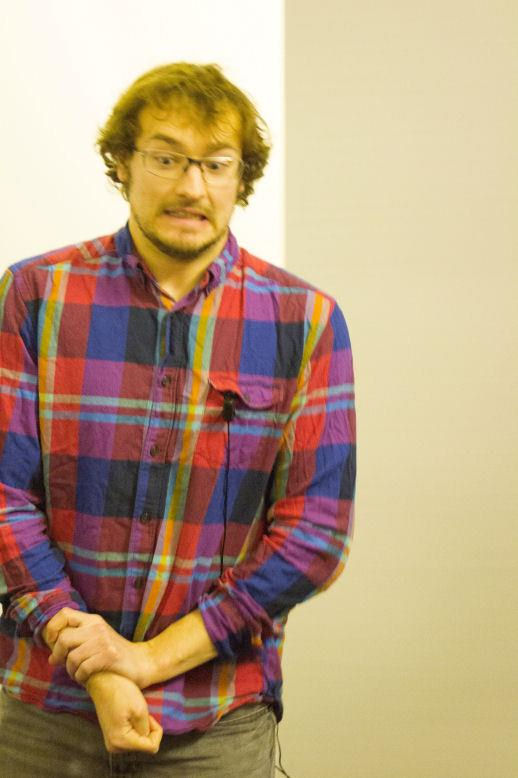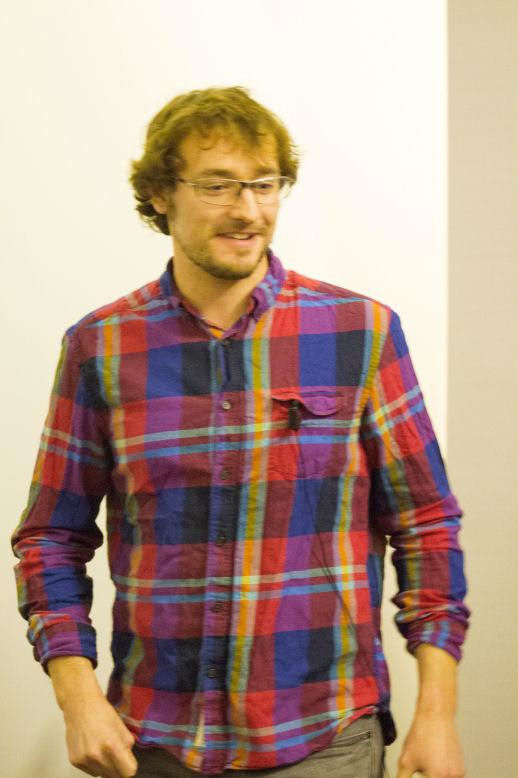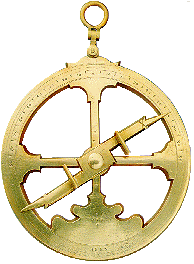11th November 2016. A Long Time Ago in a (Active) Galaxy Far, Far Away. David Starkey, St. Andrews University
David showed how the earliest astronomers, Hipparchus in particular, used parralax to measure the distance from the Earth to the Moon, Sun and other planetary bodies in the solar system. The basic method was to take measurements 6 months apart when the Earth had moved 180º in it's orbit around the sun. The angles formed by the resulting triangles gave a remarkably accurate distant of the object when the crude tools and method were considered. Nearby stars could also be measured by this method but as astromy improved there was a need to measure accurately the distance of even more remote stars, and then by the need to measure objects at the farthest reach of our own and other nearby galaxies.
Astronomers used the doppler effect to measure red and blue shift in remote galaxies to dtermine distances and advanced further until they were observing new and young galaxies very near to the limit when the "Big Bang" formed the universe.
Following his presentation David fielded questions from the lively audience.
Thanks, David for a very entertaining and informative (But somewhat over my head at times) talk.
Unfortunately the recorder was accidentally stopped ten minutes into the talk and is therefore not available
Left: A look of horror as David realises his slide-show is not behaving very well
Right: Slide-show sorted, David carries on as if nothing has happened. ( I Photoshopped out the beads of sweat! :-)
After the talk refreshments were served, thanks to Andy for the treats.
Graham, our Librarian, is now selling selected titles as there is a desperate need to clear the shelves, and these were being sold before and after the talk.
David reminded the meeting that Tony was still collecting names and money for the 2017 DAS Calendar
David Starkey




